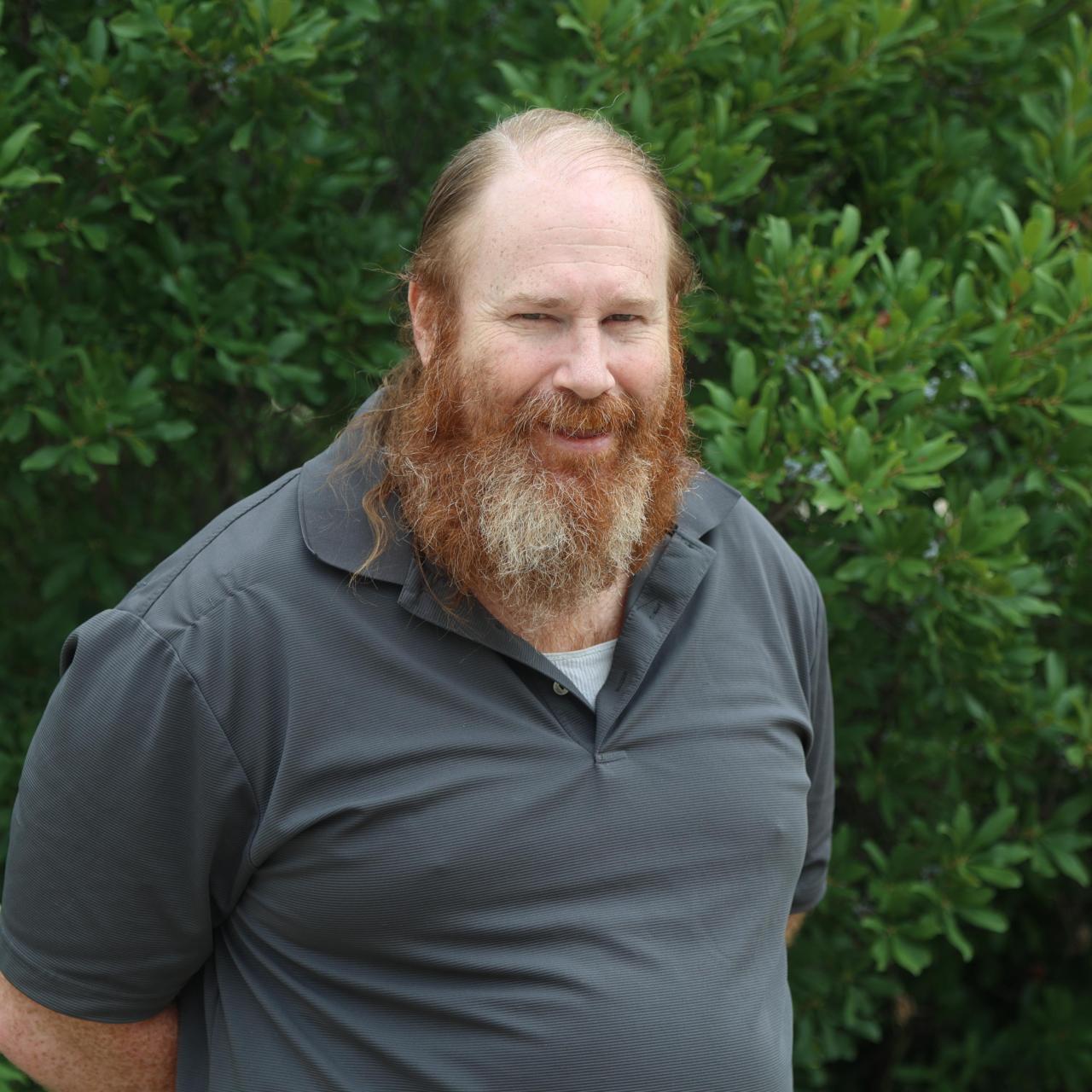
Dr. Patrick J. Carroll
Associate Professor, Psychology
Description of Research Interests:
I study how and why people revise self-views in response to social feedback. Stated otherwise, I study the social negotiation of self across the lifespan. As with any negotiation table, I view the table of identity negotiation as represented by two sides. My research represents both sides in two interrelated lines of inquiry. On the first side, I study the Psychology of the Changed. This line of inquiry explores how and why someone would revise a self-view in response to social feedback. Moreover, this line of inquiry examines the consequences of self-revision for ongoing mental health and well-being. On the flip side, I study the Psychology of the Changer. This line of inquiry explores how and why someone would try to change another person’s self-views. Moreover, this line of inquiry examines the consequences of inducing self-revision in a social partner for ongoing relational satisfaction and well-being.
Posted Attachments:
Selected Publications:
- Carroll, P. J., Sweeney, K., & Shepperd, J. A. (2006). Forsaking optimism. Review of General Psychology, 10, 56-73.“Forsaking Optimism”(pdf)
- Carroll, P. J., Shepperd, J. A., Sweeney, K., Carlson, E., & Benigno, J. P. (2007). Disappointment for others. Cognition and Emotion., 21, 1565-1576. “Cognition & Emotion-Disappointment for others”(pdf)
- Sweeny, K., Carroll, P. J., & Shepperd, J. A. (2006). Is optimism always best? Future outlooks and preparedness. Current Directions in Psychological Science, 15, 302-306. “Is Optimism Always the Best”(pdf)
- Carroll, P.J., Shepperd, J.A., & Arkin, R.M. (2009). Downward self-revision: Erasing possible selves. Social Cognition, 27 (4), 523-551. “Social Cognition”(pdf)
- Carroll, P.J., Arkin, R. M., Seidel, S., Morris, J. (2009). The relative importance of needs among traumatized and non-traumatized samples. Motivation and Emotion(pdf), 33, 373-386.
- Carroll, P. J., Arkin, R. M., & Shade, C. (2011).Possible selves and Self-doubt: A Poverty of Desired Possibility. Journal of Social Psychological and Personality Science(pdf), 2 (2), 190-198.
- Carroll, P. J., McCaslin, M., & Norman, G. (2011). The Expansion and Revision of Self-Theory through Preparedness.Social and Personality Psychology Compass(pdf), 10, 1-15.
- Carroll, P. J. (2014). Upward self-revision: Constructing possible selves. Basic and Applied Social Psychology, 36, 377-385.
- Carroll, P. J., Agler, R. M., & Newhart, D. (2015). Beyond cause to consequence: The road from possible self to core self-revision. Self & Identity, 14 (4), 482-498.
- Fries, S. D., Brown, A. A., Carroll, P. J., & Arkin, R. M. (2015). Shame, Rage, and Unsuccessful Motivated Reasoning in Vulnerable Narcissism, Journal of Social and Clinical Psychology, 34 (10), 877-895.
- Brown, A. A., Fries, S. D., Carroll, P. J., & Arkin, R. M. (2016). Perceived Agency Mediates the Link between the Narcissistic Subtypes and Self-Esteem, Personality and Individual Differences, 90, 124-129.
- Carroll, P. J. (2018). The reciprocal path from possible self to core self-revision. The Review of General Psychology, 22 (3), 264-277.
- Carroll, P.J., Briñol, P. T., Petty, R., & Ketcham, J. (2020). Feeling Prepared Increase Confidence in Any Accessible Thoughts Affecting Evaluation Unrelated to the Original Domain of Preparation. Journal of Experimental Social Psychology, 89, 103962.
Handbooks:
- P. J. Carroll, R. M. Arkin, & A. P. Wichman (2015). The Handbook of Personal Security. Taylor & Francis: Psychology Press (http://www.psypress.com/books/details/9781848726765/1)
- R. M. Arkin, K. C. Oleson, & P. J. Carroll (2010). The Handbook of the Uncertain Self. Taylor & Francis: Psychology press (http://www.amazon.com/Handbook-Uncertain-Self-Robert-Arkin/dp/0805861874)
Popular Press Publications:
- New Research Examines How Career Dreams Die. Featured article in August 2009 issue of PHYSorg.com (pdf)
- Sometimes it’s best to kill a dream. Featured article in January-February 2010 issue of The Ohio State University Alumni Magazine (pdf)
- How career dreams are born. Featured article in November 2014 issue of The Ohio State University OnCampus Magazine.(pdf)
